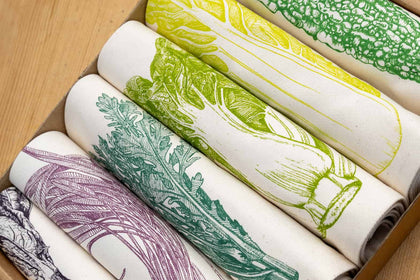Introduction To Japanese Cuisine

A distinctive Japanese taste is an ‘umami’ savouriness which often occurs in fermented foods. The bonito fish is fermented into ‘katsuobushi’ which, combined with umami-rich seaweed or konbu, creates dashi - the base stock in Japanese cooking. Fermented soy beans are another staple ingredient in the form of red miso, white miso and soy sauce which are all key ingredients in dressings, soups and dipping sauces.
A distinctive Japanese taste is an 'umami' savouriness which often occurs in fermented food
Due to its Buddhist heritage, Japan has a strong history of vegetarianism – with the exception of fish, which is often eaten raw as sushi or sashimi. In the late 1800s Japan’s diet began to change, introducing meat and incorporating cooking techniques from overseas. Now dishes like Tonkatsu -based on a Viennese schnitzel, and tempura -which uses the European method of battering and deep-frying are part of Japan’s mainstream cuisine.
Hashi: A Japanese Cookery Course is a brilliant place to start, and the most comprehensive guide to Japanese food published in the English language is Tsuji’s Japanese Cooking: A Simple Art.
Click here for a range of Japanese cookbooks, cookware and ingredients


